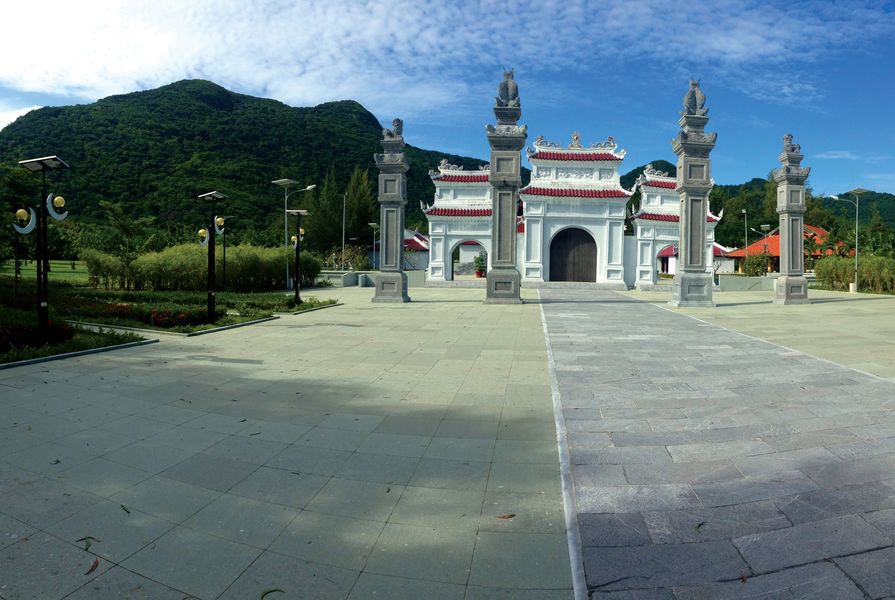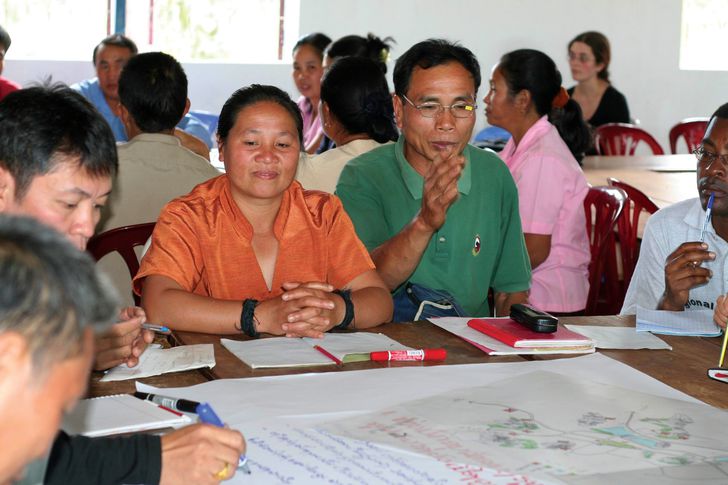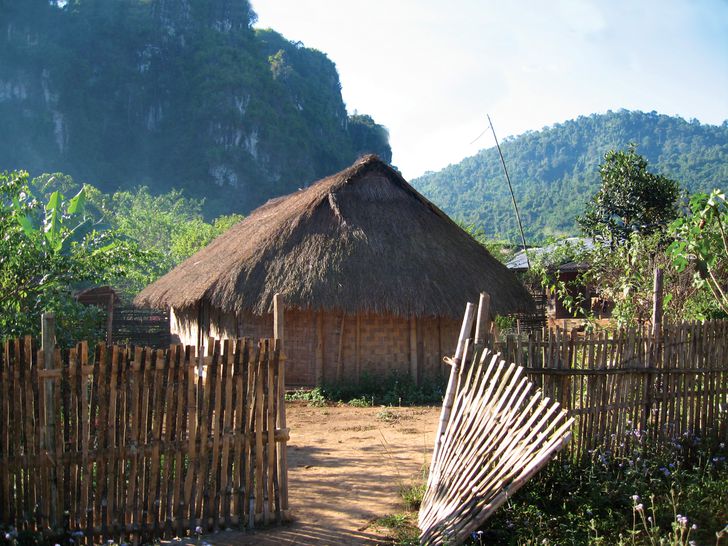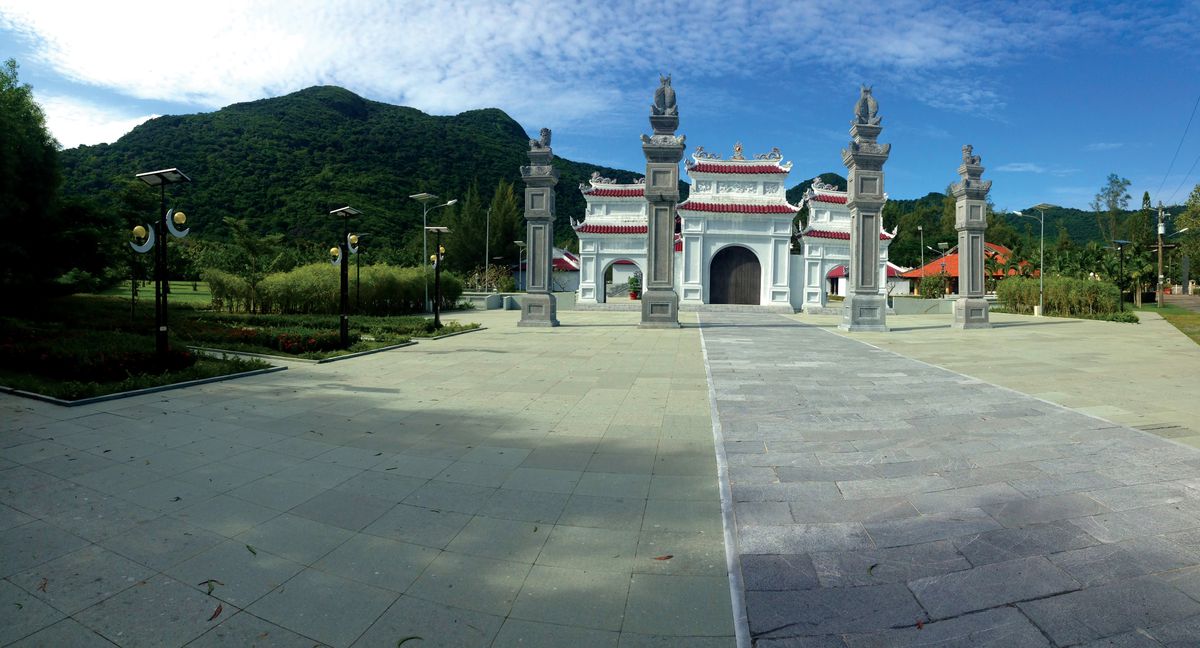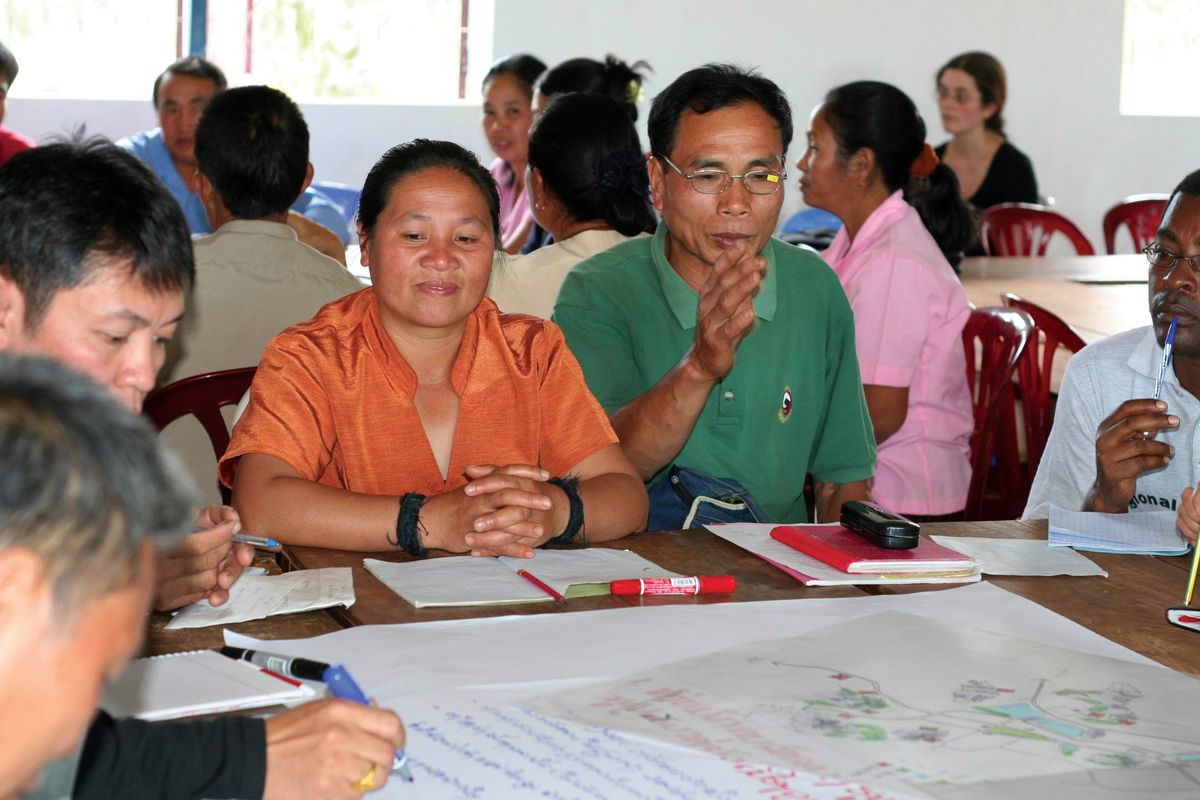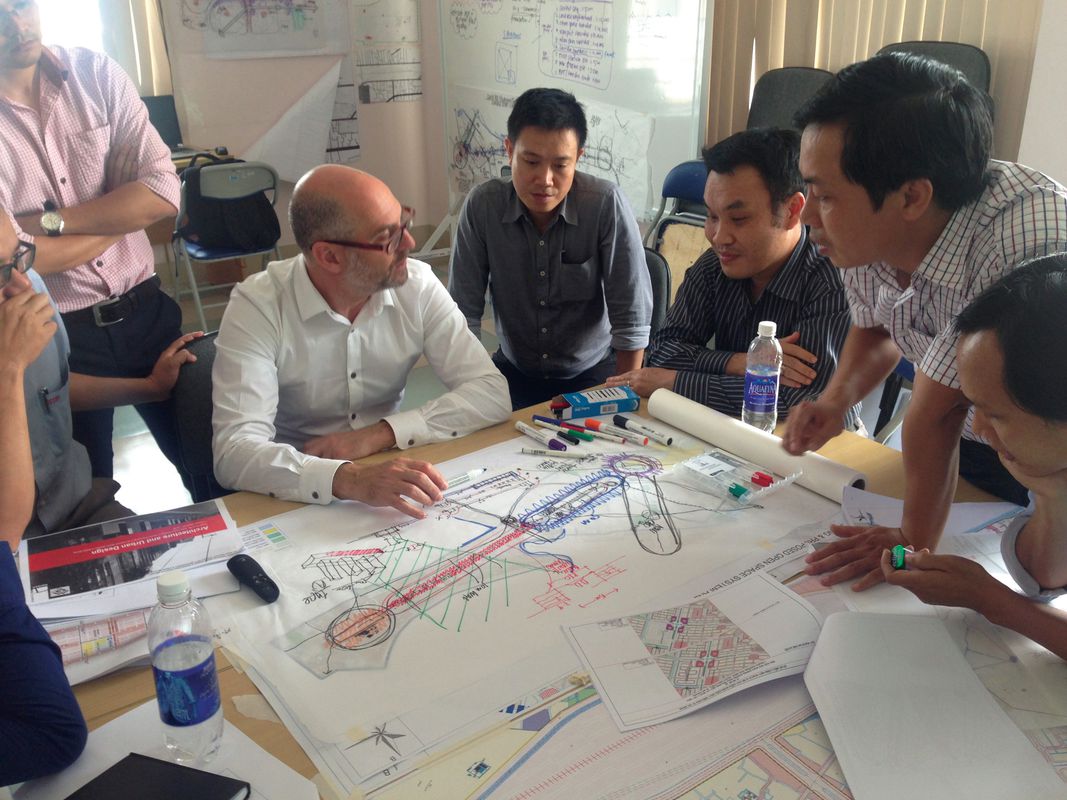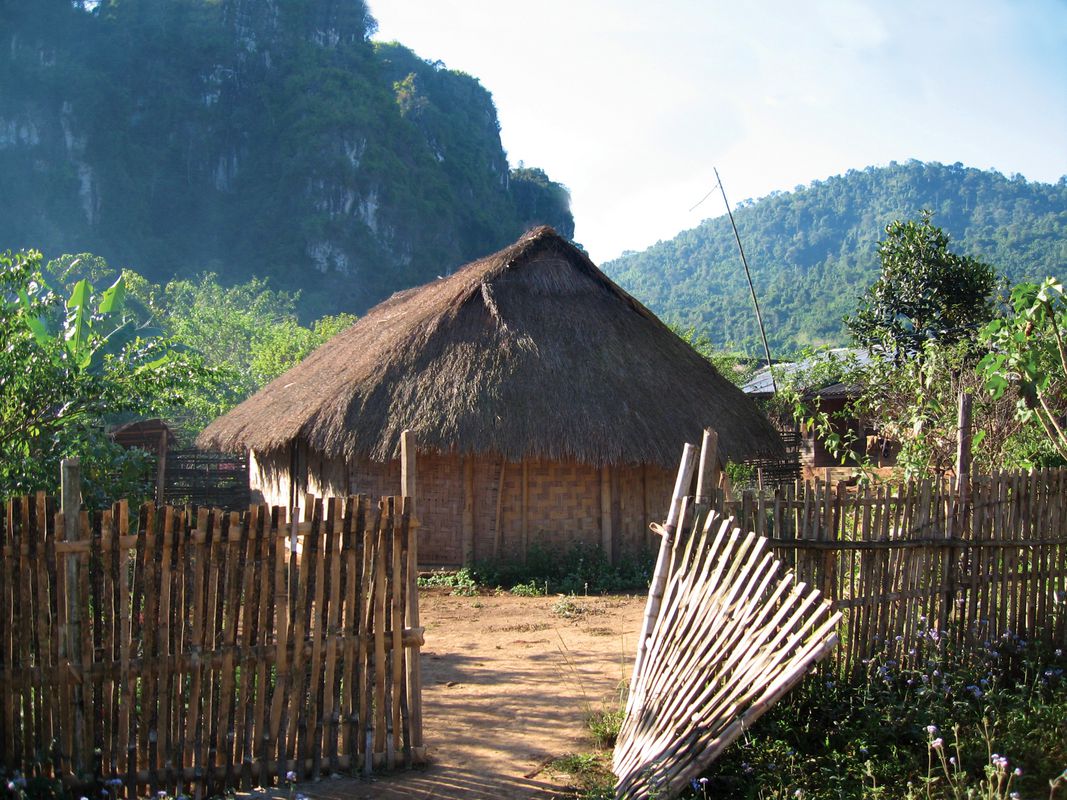While working in northern Laos over a decade ago, I asked a local colleague to generate a simple business card to explain to officials (in the local dialect) that I was an Australian landscape architect with an interest in urban and land design and management. Later that month, when presenting my credentials and project findings to the minister in charge, my counterparts proudly announced that I was an international agricultural science expert! Therein lies one of the great challenges and contradictions of landscape architectural practice in the Asia-Pacific region during an era of such transformative change. Where our identity and role in the region was firstly framed in a context of discrete urban management and environmental conservation, it has quite rapidly shifted to one where we are now instrumental contributors in the age of rapid urbanization and megacities.
This year, Hansen Partnership marked its twentieth anniversary of continuing planning and design practice in the Asia-Pacific region, particularly in Vietnam, where under the leadership and financial support of the Australian Federal Government’s AusAid program the practice launched the first urban conservation masterplan for the now world-renowned Hanoi Old Town. Since those early days (in parallel with dwindling Australian funding and political interest), generational shifts in Asian urbanization and corresponding planning and design education have had a telling influence on the way we (and our counterparts) perceive and experience cities and spaces. Furthermore, our project experiences have strongly influenced our own introspective approach to practice, both when operating in the Asia-Pacific or back on home soil in Melbourne.
In keeping with constantly shifting sands – the incredible pace of change in the region over the past two decades (notably urbanization, but also in corresponding fields of tourism, heritage and environmental management) – we have been required to substantially adapt our mode of practice and approach to projects. Where the earliest initiatives focused on “capacity building” and basic design tenets (typically with government clients), the maturing of local professionals and increased private interests required a progressive shift toward more sophisticated forms of active collaboration. More recently, and consistent with the role of international donors (and globalized education), our projects are increasingly shaped as partnerships, where teams operate side by side with international counterparts on an equal disciplinary footing.
In the Australian context, where design propositions are sometimes overcomplicated, we have benefited greatly from what we have learnt working internationally in a very “raw” manner. Over time, we have encountered people, places and projects in which (what we perceive as) very simple, assumed planning and design principles have been misunderstood, requiring us to work differently – such as exploring private tenure and land improvement opportunities in a context where the state is the single land owner. Conversely, through collaboration we have also learnt much about the special relationships that exist between people and their settings, which exceed our own, somewhat basic, appreciation of place – such as learning of the many credible types of “informal housing” that may have otherwise been wrongly classified as “slums.” This iterative exchange is itself both rewarding and influential in our daily operations in the region.
The evolving nature of this continuing knowledge exchange is embodied by three Hansen Partnership projects in particular. They demanded quite different planning and design methodologies in sometimes rapidly changing physical contexts.
Community consultation played a big part in the preparation of the Viengxay Town Master Plan.
Image: Hansen Parnership
In Northern Laos, the Viengxay Town Master Plan (2007) for the United Nations World Tourism Organization and Netherlands Development Agency sought to introduce a grass roots community-driven approach to land and environmental management under the threat of burgeoning international overdevelopment. As we were working with a place of national natural and cultural heritage significance and a site of unimaginable wartime trauma, our processes (in tandem with Deakin University) and design suggestions required extreme sensitivity.
The character of Viengxay was being threatened by international development – the masterplan sought to empower the local community in managing the growth.
Image: Hansen Parnership
In the Con Dao archipelago in Vietnam’s East Sea, we prepared an innovative urban and landscape management program for the Ba Ria-Vung Tau Province and Vietnam National Government. The Con Dao Tourism Master Plan (2014) was prepared as a basis for protecting the island’s outstanding natural (land and marine) assets in the face of tourism overdevelopment. In collaboration with the Vietnamese counterparts, we generated new methodologies for evaluating and protecting “remoteness” where few safeguards exist in the local regulatory regime.
More recently, work in partnership with Singapore University of Technology and Design on the Surabaya Urban Corridor Development Strategy (2014) for the City Government of Surabaya in Indonesia and the World Bank introduced concepts of strategic design and frameworking for urban transit systems, at a time and place where detailed architectural masterplans were the dominant force. Finding this sweet spot in the development planning process has aided the city immeasurably in coordinating infrastructure and development investment in a rapidly shifting social and economic context that demands a more durable strategy.
Our approach to projects in the Asia-Pacific region over the past two decades has evolved significantly, along with the changing nature of the place itself. I have long held that the practice’s work in Asia demonstrates the importance of shared Australian planning and design intelligence (if aptly executed). Vitally, the work genuinely informs our own sensibilities and approach to local projects. In this regard, our projects have been more than just a transfer of expertise, but rather a worthy and rewarding exchange of ideas.
Source
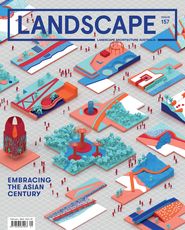
Practice
Published online: 8 Aug 2018
Words:
Craig Czarny
Images:
Hansen Parnership
Issue
Landscape Architecture Australia, February 2018

